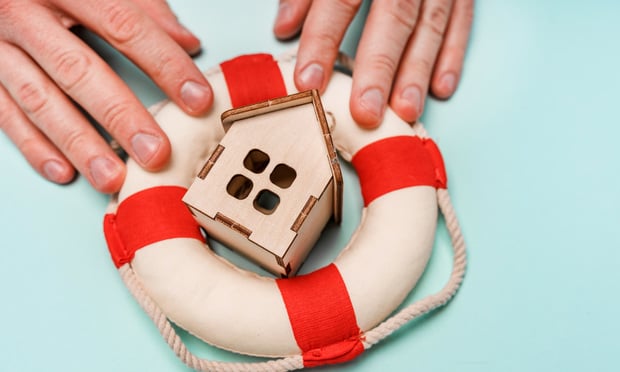The Northeast from Maine to Virginia, as far west as the Great Lakes, is prepping for a winter mix of snow, ice and rain with high winds, blizzard concerns and dangerous traveling conditions.
Forecasters says two storms are merging to form the giant winter storm.
Conditions are expected to worsen throughout the day, with 2 feet or more of snow falling in some spots just west of Boston by the end of Saturday. New York City is expected to be within a large band from Central New Jersey up through New York where 6 inches to a foot of snow could fall.
Many areas still reeling from Superstorm Sandy, such as Long Island, N.Y., could also get the brunt of the storm and succumb to storm surge—though heights will be nowhere near the late October tropical storm. Structures compromised by Sandy could be more vulnerable to this storm.
Catastrophe modeler AIR says the heavy snow and high winds expected from Nemo “means that drifting snow will be a problem, increasing the possibility of roof collapse for light metal structures with large roof areas. Ten to 20 inches of snow can produce loads of roughly 15 to 30 pounds per square foot on flat roofs. Other building elements—porches, carports, awnings, and gutters—which often do not receive any specific design attention, are similarly vulnerable under the forecast conditions.”
More weight, says AIR, could be added by the mix of rain and ice in some areas. Downed trees could also be a possibility, leading to additional structural and auto damage, as well as fallen power lines.
While there remains many unknowns with the storm, depending on how the weather systems collide, what is certain is that insurers are watching closely. Winter storms are the third-largest cause of catastrophe losses for the insurance industry—behind hurricanes and tornadoes, says the Insurance Information Institute. And as with Sandy, this storm is set to affect an area with a dense population of homes and businesses.
From 1992-2011, winter storms have caused $28.2 billion in insured losses, according to ISO, a Verisk company. Average annual winter storm losses have nearly doubled since the early 1980s. Last winter was kind to insurers. Two storms in 2012 caused $38 million in insured losses after winter storms in 2011 cost the insurance industry $2 billion, says I.I.I.
The low frequency trend is not expected to continue. Forecasters say the approaching storm is a sign of things to come this winter. Allstate CEO Thomas J. Wilson, during the company's fourth-quarter earnings conference call, says the insurer expects weather frequency in 2013 to return to normal levels. Last year was rather benign sans Sandy.
According to SNL Financial, State Farm has the highest market share, 12.4 percent, in states (CT, ME, MA, NH, NJ, NY, PA, RI, VT) expected to be most affected by this winter storm. Allstate is next with about 11.4 percent, followed by Liberty Mutual with 8.7 percent, Travelers with 8.5 percent and Chubb with 6.8 percent.
Combining private-passenger no-fault and private passenger physical damage, Berkshire Hathaway has the largest share of the market, with 15.9 percent. Allstate and State Farm are next, with 14.3 percent and 10.2 percent, respectively.
Want to continue reading?
Become a Free PropertyCasualty360 Digital Reader
Your access to unlimited PropertyCasualty360 content isn’t changing.
Once you are an ALM digital member, you’ll receive:
- Breaking insurance news and analysis, on-site and via our newsletters and custom alerts
- Weekly Insurance Speak podcast featuring exclusive interviews with industry leaders
- Educational webcasts, white papers, and ebooks from industry thought leaders
- Critical converage of the employee benefits and financial advisory markets on our other ALM sites, BenefitsPRO and ThinkAdvisor
Already have an account? Sign In Now
© 2024 ALM Global, LLC, All Rights Reserved. Request academic re-use from www.copyright.com. All other uses, submit a request to [email protected]. For more information visit Asset & Logo Licensing.








